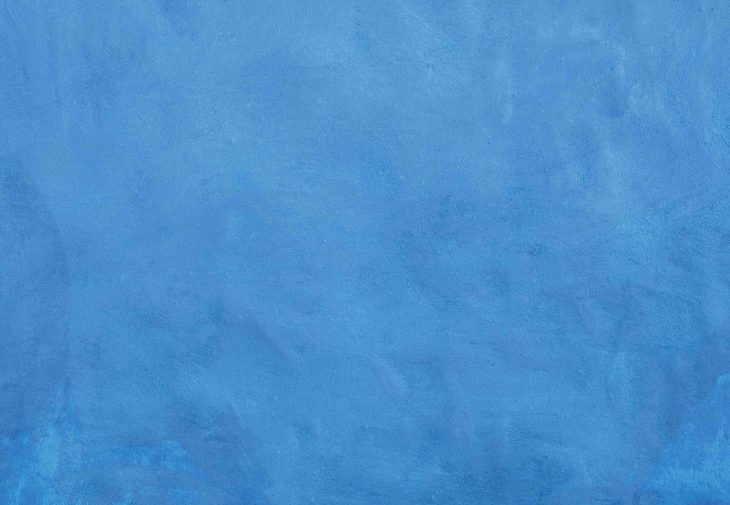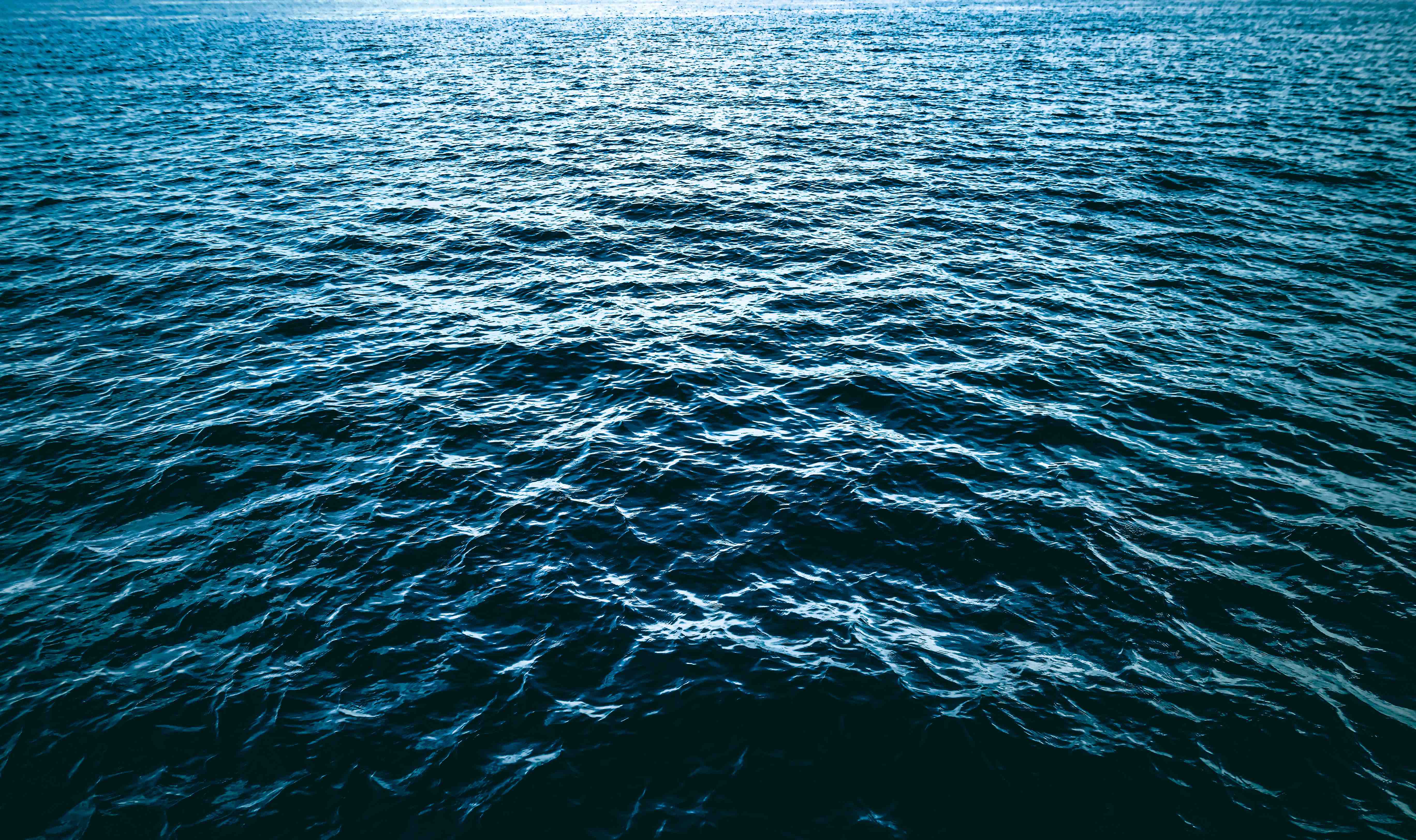
Blue, a color often associated with calmness, tranquility, and vastness, holds a special place in our visual experiences. From the sky to the depths of the ocean, blue surrounds us in various forms. Let’s delve into the fascinating world of the color blue and uncover 11 intriguing facts about its meanings, symbolism, and effects.
Blue is the color of trust and loyalty
This hue is often linked to feelings of trustworthiness, reliability, and loyalty. It’s no wonder that many corporate logos and branding incorporate shades of blue to convey a sense of dependability and professionalism.
The sky appears blue due to light scattering
When sunlight interacts with Earth’s atmosphere, molecules and tiny particles scatter the shorter blue wavelengths more than the longer red wavelengths. This scattering phenomenon causes the sky to appear blue during the day.
Blue has a calming effect on the mind and body
Studies have shown that exposure to blue hues can help reduce stress, lower blood pressure, and promote a sense of relaxation. Incorporating blue elements in your environment can create a soothing ambiance.
Picasso had a “blue period” in his artwork
During a phase in his artistic career, Pablo Picasso primarily used shades of blue in his paintings, reflecting his melancholic state. This “blue period” is characterized by introspective and somber themes.
Blue is associated with intellect and communication
The color blue is often connected to intellectual pursuits, clear thinking, and effective communication. It can stimulate mental clarity and enhance concentration, making it an ideal choice for study spaces and work environments.
The ocean is blue because it is influenced by water’s absorbing properties

Water molecules selectively absorb colors from the sunlight spectrum, with longer wavelengths like red being absorbed more than shorter wavelengths like blue. This absorption contributes to the deep blue color of the ocean.
Blue is the world’s favorite color
In numerous surveys conducted across cultures, blue consistently emerges as the most preferred color among both men and women. Its universal appeal may stem from its associations with tranquility and harmony.
Blue has diverse cultural meanings
The meaning of blue can vary across cultures. In Western societies, it symbolizes calmness and stability, while in some Eastern cultures, it represents immortality and spirituality. Additionally, blue can signify sadness or melancholy in certain contexts.
Blue can enhance creativity
Research suggests that exposure to blue environments can boost creative thinking and inspire innovative ideas. Incorporating blue in creative spaces or using it as an accent color may encourage imaginative thinking.
Blue is the rarest eye color
While blue eyes are often considered captivating and alluring, they are relatively uncommon. Only about 8% of the global population possesses blue eyes, with the majority having brown eyes.
Blue is associated with trustworthiness in marketing
Brands in various industries leverage the color blue to establish trust and credibility with their audience. Financial institutions, healthcare providers, and technology companies often utilize shades of blue in their branding to convey reliability and dependability.
Final Word
Colors have the power to influence our emotions, thoughts, and perceptions. Blue, with its allure and diverse associations, continues to intrigue and inspire. Whether it’s the tranquil blue of a clear sky or the deep blue depths of the ocean, this color holds a timeless fascination in our collective consciousness. Blue, with its depth and versatility, continues to captivate us across cultures and disciplines. Whether it’s the serene sky above or the vast ocean below, blue evokes a range of emotions and meanings.
Frequently Asked Questions (FAQs)
What emotions are associated with the color blue?
Blue is commonly associated with feelings of calmness, tranquility, trust, and loyalty. It can also evoke a sense of sadness or melancholy in certain contexts.
Can the color blue promote relaxation?
Yes, blue has a calming effect on the mind and body. Exposure to blue hues has been shown to reduce stress, lower blood pressure, and induce a sense of relaxation.
Why did Picasso have a “blue period”?
Picasso’s “blue period” was characterized by his use of predominantly blue hues in his artwork. It reflected a phase of introspection and sadness in his life, capturing somber themes and emotions.
What does blue symbolize in different cultures?
The symbolism of blue can vary across cultures. In Western societies, it is often associated with calmness and stability. In some Eastern cultures, it represents spirituality and immortality. Additionally, blue can symbolize sadness in certain contexts.
Why do brands use blue in their logos and branding?
Blue is often used by brands to convey trustworthiness, reliability, and professionalism. It creates a sense of credibility and can be particularly common in industries such as finance, healthcare, and technology.
Was this page helpful?
Our commitment to delivering trustworthy and engaging content is at the heart of what we do. Each fact on our site is contributed by real users like you, bringing a wealth of diverse insights and information. To ensure the highest standards of accuracy and reliability, our dedicated editors meticulously review each submission. This process guarantees that the facts we share are not only fascinating but also credible. Trust in our commitment to quality and authenticity as you explore and learn with us.
